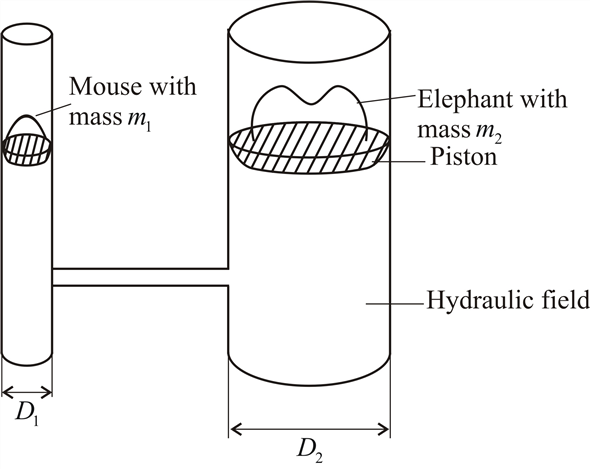

Paul Tackley and Fabio Crameri contributed the. I know the answer is 0.405m from the back of the book.

Ive been working on this for two days and cannot figure out how to solve the question.

It is a question in chapter 3 (Elasticity and Flexure) question 3-14. Olga Beketova contributed the MATLAB problem solutions given in Appendix D. This is a question in the textbook 'Geodynamics' by Turcotte and Schubert. Chapter 3 presents the basic principles of linear elasticity. Fluid mechanics is studied in Chapter 6 problems involving mantle convection and postglacial rebound are empha-sized. The basic principles involved in the interpretation of gravity measurements are given in Chapter 5. Continent dispersal and development of slow spreading ridges allowed Mg release to the ocean by peridotite-seawater reactions, contributing to the increase of the Mg/Ca ratio of post-Mesozoic seawater. Turcotte D.L., Schubert G.-geodynamics-CUP (2014) GEODYNAMICS - Free ebook download as PDF File (.pdf), Text File (.txt) or read book online for free. Problems involving the solidication of magmas and extrusive lava ows are also treated.

This prevented peridotite-seawater interaction and Mg release to the Mesozoic ocean, but favored hydrothermal Mg capture and Ca release by the basaltic crust, resulting in a low seawater Mg/Ca ratio. The Mesozoic Pangean superocean implies a hot fast spreading ridge system. However, no significant peridotite-seawater interaction and Mg-release to the ocean occur in fast spreading, East Pacific Rise-type ridges. These reactions can release to modern seawater up to 20% of the yearly Mg river input. We show here that reactions of mantle-derived peridotites with seawater along slow spreading mid-ocean ridges contributed to the post-Cretaceous Mg/Ca increase. Also, both are very dependent on climate, weather, and rock type.The seawater Mg/Ca ratio increased significantly from, 80 Ma to present, as suggested by studies of carbonate veins in oceanic basalts and of fluid inclusions in halite. This is not surprising because submarine sediment transport is very different from subaerial sediment transport. However, derived values of the transport coefficient $K$ have considerable variability. The morphology of sedimentary landforms such as prograding river deltas, alluvial fans, eroding fault scarps, and eroding shorelines are often in good agreement with solutions of the heat equation. $$\frac=-0.5,$ what is the value of the transport coefficient $K ?$ For the situation sketched in Figure $4-3$ and discussed above, show that the thermal conductivity of the rock sample can be determined from the equation


 0 kommentar(er)
0 kommentar(er)
